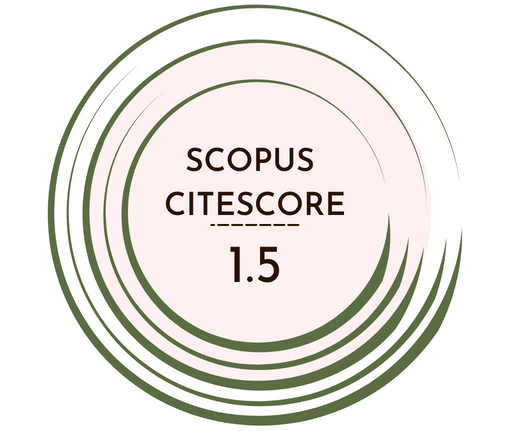In this study, the two-wheeled mobile robot (TWMR) was controlled by taking the user's mass and center of gravity as a reference instead of the joystick control of the TWMR. A load-cell-based original TWMR system was proposed and realized. The behavior of the driving dynamics was discussed with a developed method different from other studies. The mathematical model of a load cell-based TWMR system was created and then simulated in the Matlab Simulink environment. This feature allowed the system to be more controlled and stable. The designed TWMR systems were controlled with proportional, integral, and derivative (PID) and fuzzy-PID controllers in the simulation. PID parameters in the system vary according to the mass of the user. The change of PID parameters was provided according to the mass information obtained from the load cell with the fuzzy-PID controller. Thus, the ability of the system to stay in balance was increased. Additionally, the speed of the TWMR and the pitching angle were controlled using PID and fuzzy-PID methods. The current values drawn from the battery were determined according to the applied controllers on 0° and 3° slope roads. The speed control of the motors was carried out with a mean error of 2%. The results of the fuzzy-PID control were observed to be better than those of the traditional PID controller.
Cite this article as: M. M. Kelek, Y. Oğuz, U. Fidan and T. Özer, "Load cell-based two-wheeled mobile robot control with proportional–integral–derivative and fuzzy proportional–integral–derivative methods," Electrica, 24(1), 247-255, 2024.


.png)


